Make feeding your baby easier with this free, downloadable baby food chart. It has straightforward ideas for what to feed baby from when they start solids on up to 1 year—including purees, baby-led weaning (BLW) foods, finger foods, and more.
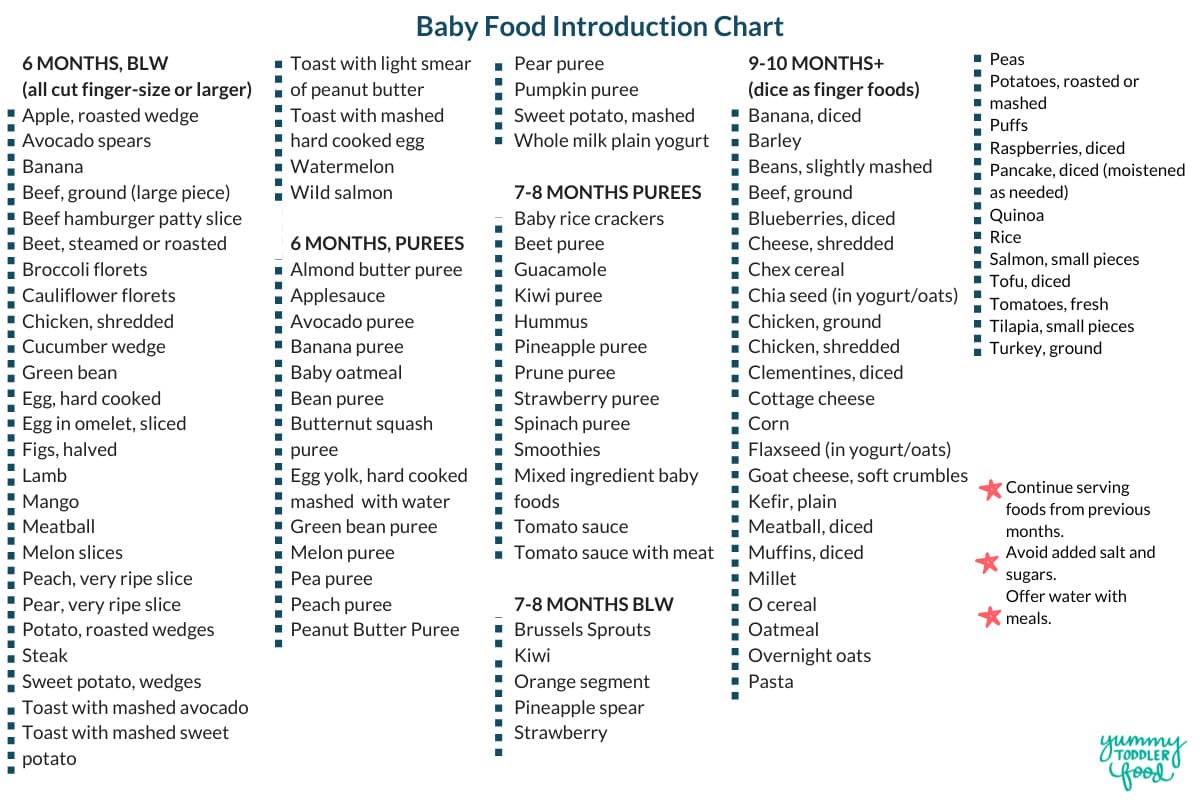
Starting solids with a baby can be so fun and often a little challenging—but this baby food chart is here to help. I’ve compiled my best ideas for which foods to serve based on age and development of the baby to make it easy for you to make decisions in the kitchen.
This infant feeding chart is meant to help remind you of options you have at each age. It is not meant to add any pressure or function as a checklist of foods you have to serve (unless you want to do that!).
TIP: Access your free printable baby food chart to make this even easier.
Your toddler won’t eat? Help is here!
Sign up for our email updates to get tips and ideas sent to your inbox.
What baby foods should you start with?
Whether you start with purees or baby led weaning, starting with flavorful and nutrient-dense foods is a simple way to think about introducing foods to a baby. I love simple foods like roasted sweet potato, avocado, banana, and apple puree as first foods for a baby.
Remember that a first food is just that—a first food. It is not going to be the sole thing that determines how your child likes all foods. It can be sweet or savory, or from a variety of food groups. I would make sure the food is easy to eat, has some flavor, and offered in an environment free from pressure and maybe even joyful!
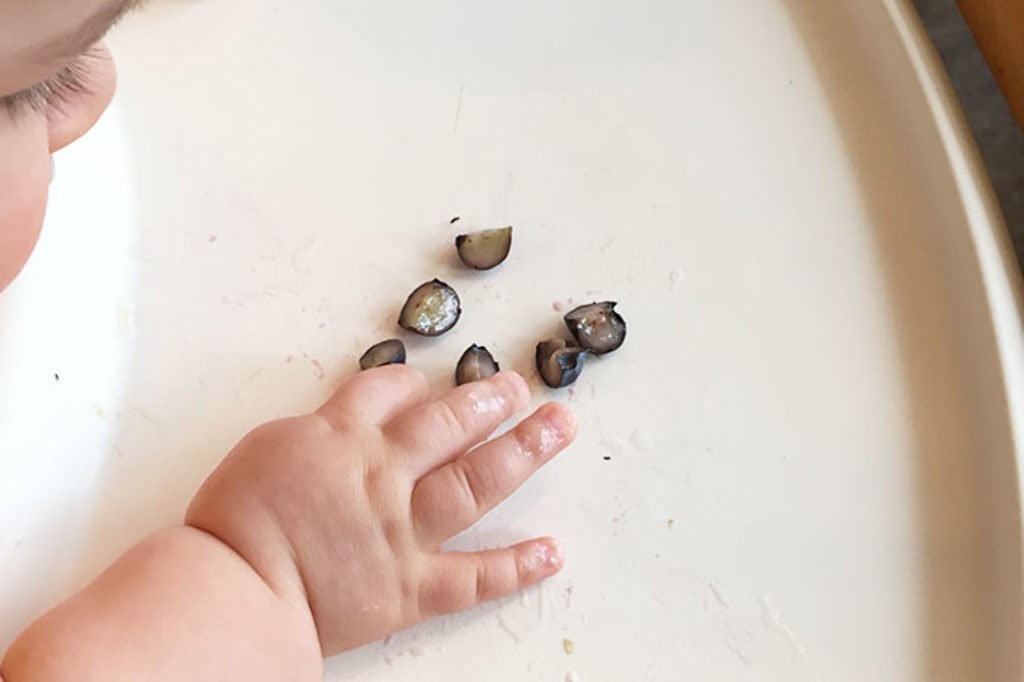
What age should baby start eating foods?
The American Academy of Pediatrics recommends waiting to start solids until a baby is 6 months and to go with wide variety of foods introduced one at a time. But many pediatricians still say it’s OK to start rice cereal at 4 months.
If your pediatrician recommends this at the 4-month check up, ask their thoughts on the recommendation from the AAP.
TIP: Learn more about starting solids.
How much food should I feed my baby?
The best way to know the right amount of food to give to a baby is to follow their lead. It should be very clear when a baby is done eating—they will close their mouth, turn their head, and generally make it very hard to feed them. (They may also play with their food, which is a fine way for them to interact with the foods at this early stage.)
It’s OK if baby eats very little to start. It’s also OK if they surprise you by being very interested in food!
TIP: Access your free printable baby food chart.
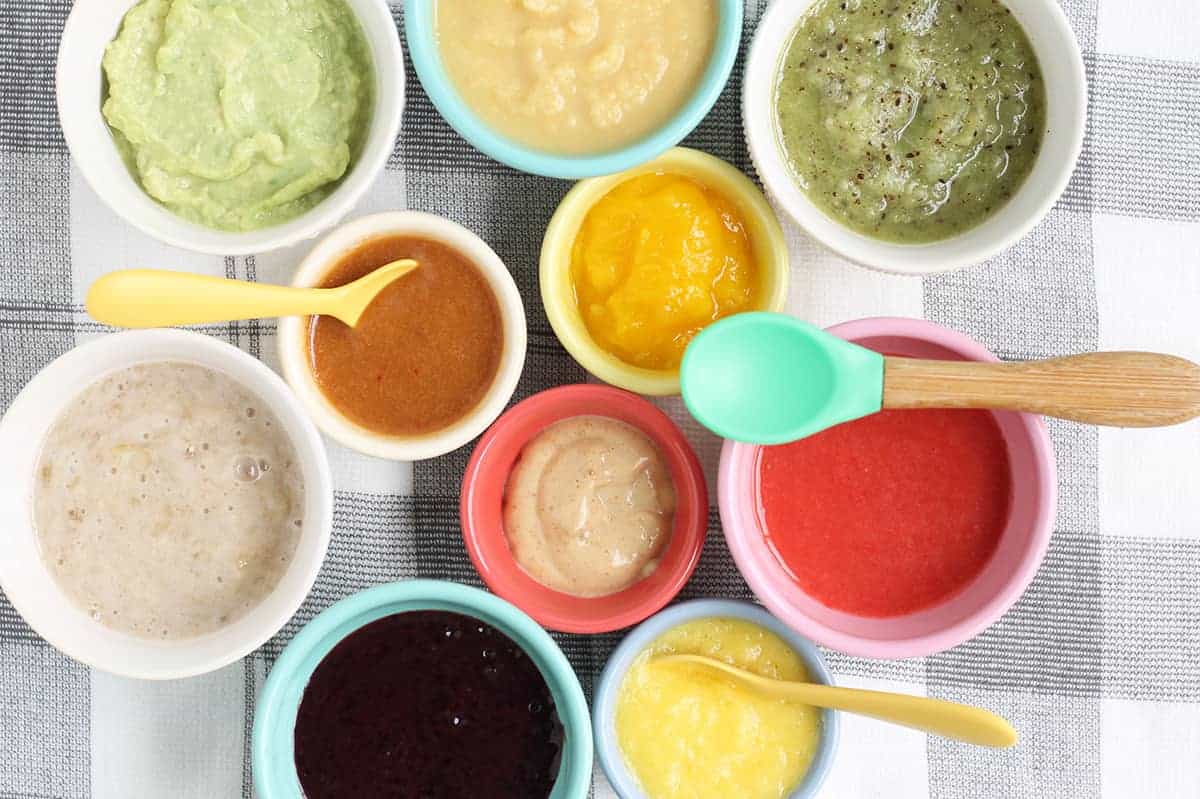
6-Month Baby Food Chart for Purees
If you’re ready to start solids with your baby, here are some foods you may want to start with. This list is perhaps more broad than you expect, but more recent research shows it’s a good idea to introduce potential allergenic foods earlier and that lots of flavor is a great way to set up baby for eating a range of foods as they grow.
Don’t feel like you need to serve all of these foods (you 100% don’t!), but it should give you a range of ideas to consider based on season, availability, and your own preference.
- Almond butter puree
- Apple puree
- Avocado puree
- Banana puree
- Baby oatmeal
- Bean puree
- Butternut squash puree
- Egg yolk, hard-cooked mashed with water
- Green bean puree
- Melon puree
- Pea puree
- Peach puree
- Peanut butter puree
- Pear puree
- Pumpkin puree
- Sweet potato puree
- Whole-milk plain yogurt
- Single-ingredient baby food
TIP: Find more in-depth details on how to know if your baby is ready to start solids, too.
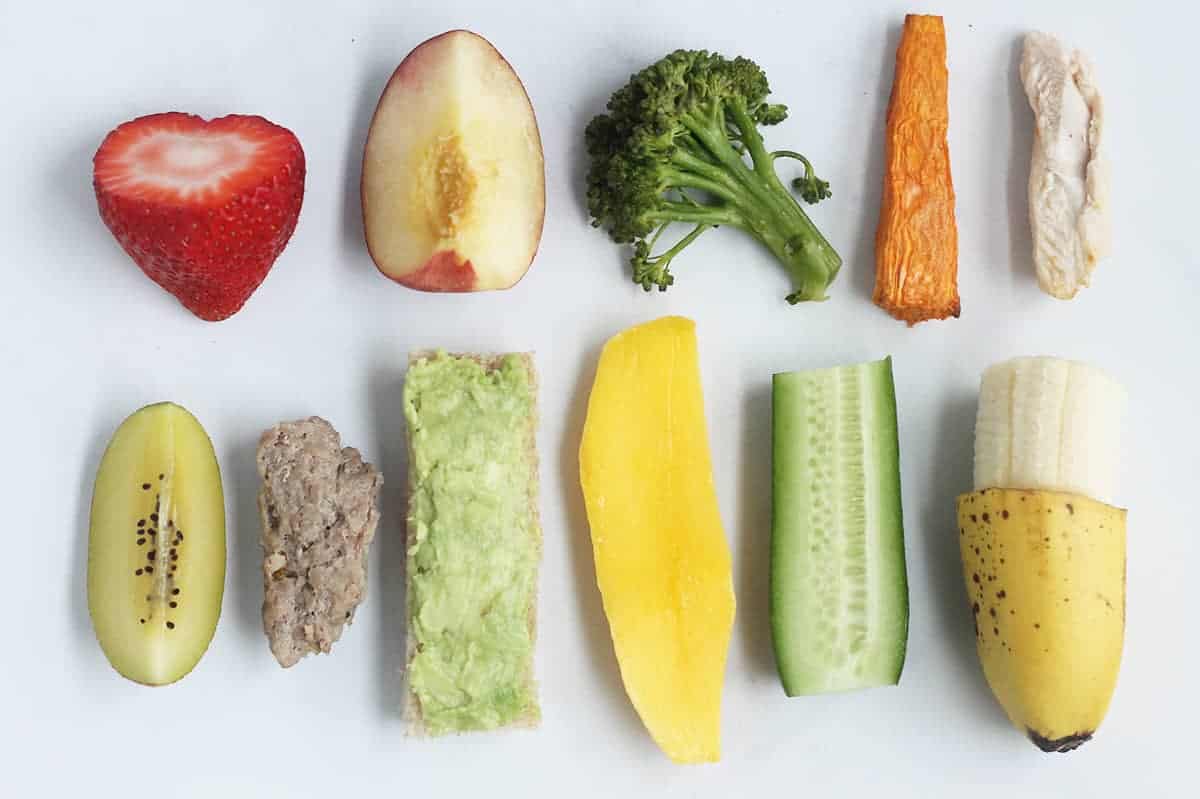
6-Month Baby Food Chart for Baby-Led Weaning
If you decide to use the baby-led weaning method of feeding, you’ll want to cut these foods into the shape of a finger or larger. The foods should also be soft and easily squishable between two fingers—like the texture of a roasted sweet potato wedge or ripe avocado.
You don’t need to feel like you have to serve all of these foods by any means, but it should give you a range of ideas.
- Apple, roasted wedge
- Avocado spears
- Banana
- Beef, ground (large piece)
- Beef hamburger patty (sliced)
- Beet, steamed or roasted
- Broccoli florets, roasted/steamed
- Cauliflower florets, roasted/steamed
- Chicken, shredded dark meat
- Cucumber
- Green bean
- Egg, hard-cooked
- Egg in omelet, sliced
- Figs, halved
- Lamb
- Mango slice
- Meatball
- Melon slices
- Peach, very ripe slice
- Pear, very ripe slice
- Potato, roasted wedges
- Steak slice
- Sweet potato, roasted wedges
- Toast with mashed avocado
- Toast with mashed sweet potato
- Toast with light smear of peanut butter
- Toast with mashed hard-cooked egg
- Watermelon slice
- WiId salmon
TIP: Find my Ultimate Guide to Baby-Led Weaning to help.
7-Month Baby Food Chart
With a 7-month old baby, you can add in a few more foods including those with more acid like citrus. Continue serving the foods on the 6-month list, or introduce ones that you didn’t get to in that first month.
- Baby rice crackers
- Bean puree
- Beet puree
- Brussels sprouts, pureed (or large piece for BLW)
- Guacamole
- Kiwi puree (or large piece for BLW)
- Hummus
- Mango puree
- Mixed-ingredient baby foods
- Orange segment for BLW
- Pineapple puree (or large piece for BLW)
- Prune puree
- Strawberry puree (or large strawberry for BLW)
- Spinach puree
- Smoothies (simple)
- Tomato sauce
- Tomato sauce with ground meat
TIP: Try my 10 easy No-Cook Baby Foods.
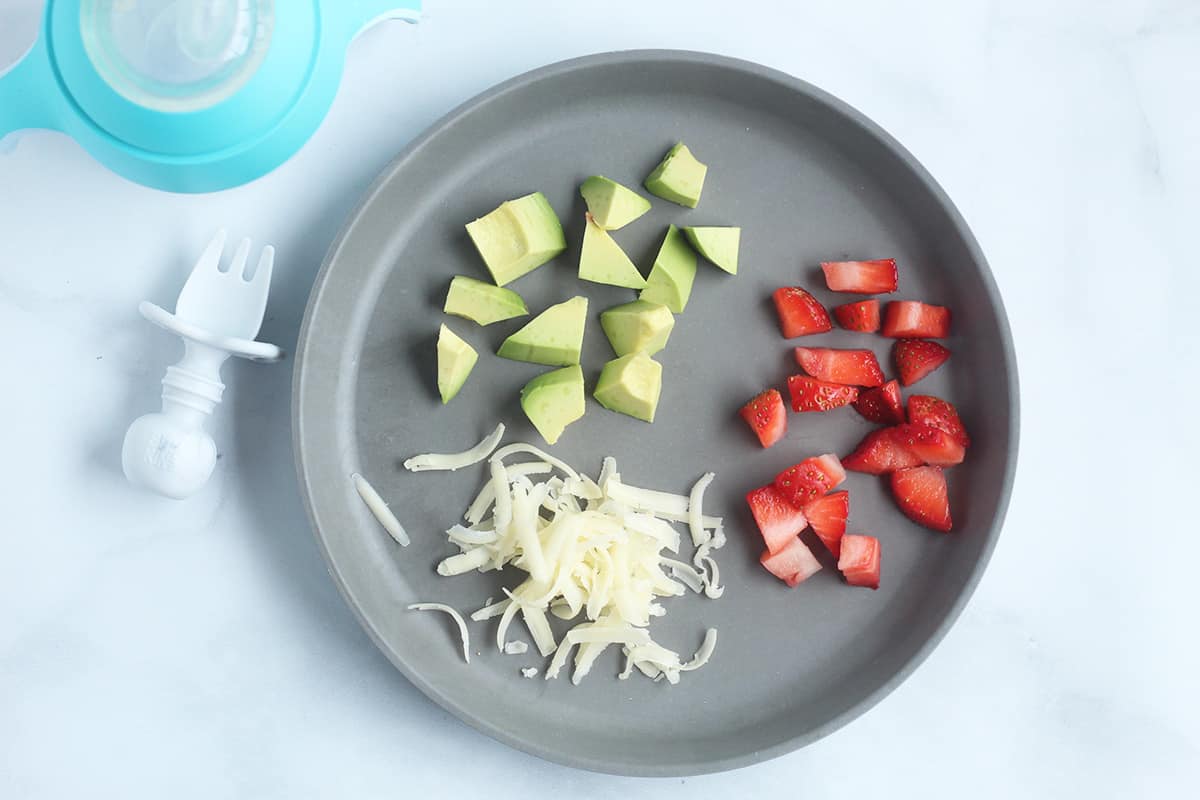
9-Month Baby Food Chart
As a baby nears the 9- and 10-month mark, they will begin to be able to pick up small, pea-size pieces of foods with their fingers. This development of the “pincer grasp” means they are ready to start sampling table foods.
A good rule of thumb is to cut foods to about the size of a pea and to serve them very soft and easily squishable between your fingers.
Bread-like textures in foods like pancakes and muffins may be difficult for your child, so you may want to moisten them with water, applesauce, yogurt, breastmilk, or formula.
Remember that babies learn to eat a variety of paces, so follow the lead of your baby and avoid pressuring them to eat foods or amounts of foods that they aren’t ready for. If a baby turns their head away, closes their mouth, shakes their head, or cries, they are done with food and it’s OK to end the meal.
Continue serving foods from the previous months. And try adding:
- Banana, diced and mashed slightly as needed
- Barley, cooked until very soft
- Beans, slightly mashed
- Beef, ground
- Blueberries, diced
- Cheese, shredded
- Chex cereal
- Chia seed in smoothies, yogurt, or oatmeal
- Chicken, ground
- Chicken, shredded and chopped into small pieces
- Clementines, diced (you may want to remove the slightly tough membrane)
- Cottage cheese
- Corn
- Flaxseed in smoothies, yogurt, or oatmeal
- Goat cheese, soft crumbles
- Grapes, diced (never whole)
- Kefir, plain
- Meatball, diced
- Muffins, diced (moistened if needed)
- Millet
- O cereal
- Oatmeal
- Overnight oats
- Pasta
- Peas
- Potatoes, roasted or mashed
- Puffs
- Raspberries, diced
- Pancake, diced (moistened as needed with applesauce)
- Quinoa
- Rice
- Salmon, small pieces
- Tofu, diced
- Tomatoes, fresh
- Tilapia, small pieces
- Turkey, ground
TIP: Find my best Early Finger Foods, which will cover this stage and early toddlerhood.
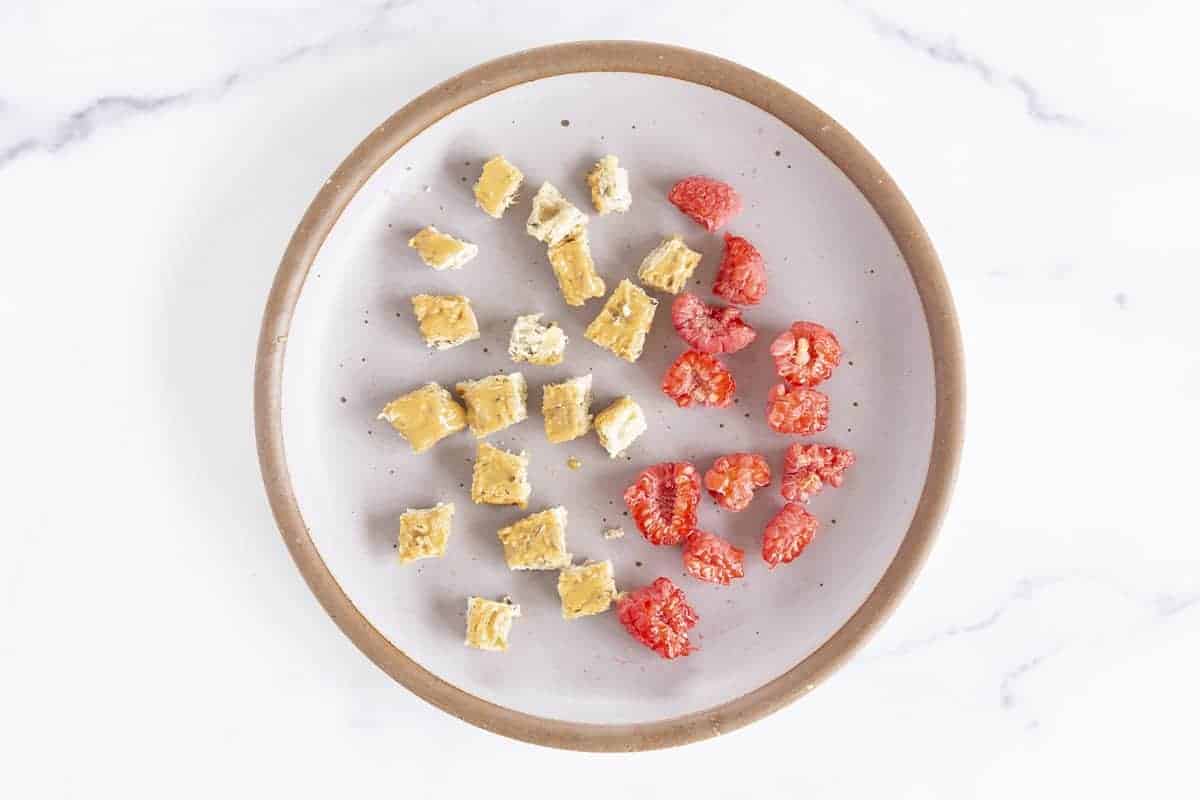
Best First Finger Foods for Baby
I put together my go-to first finger foods for babies, which may help you narrow down which foods to start with. Each of these is a nutritious whole food that’s soft and easy for baby to eat. It’s helpful that many of these foods are ones that us grownups like, too, so it should make meal planning and prep for the little ones easier on you!
Printable Baby Food Chart
Grab your free copy of my Baby Food Chart, which comes with access to my entire Resource Library of printable charts by signing up for my newsletter.
You May Also Like
- ABC Baby Muffins
- Master List of Baby Snacks
- Extra-Veggie Baby Soup
- Sweet Potato Teething Biscuits
- Master List of Baby Food Recipes
Related Recipes
Baby Food
10 Easy Homemade Baby Food Ideas
Baby Food
Easiest Baby Oatmeal
Baby Food
Master List of Baby Snacks
I’d love to hear your feedback on this chart, so please comment below! I always love to hear from you guys.
This post was first published Jan 2019.
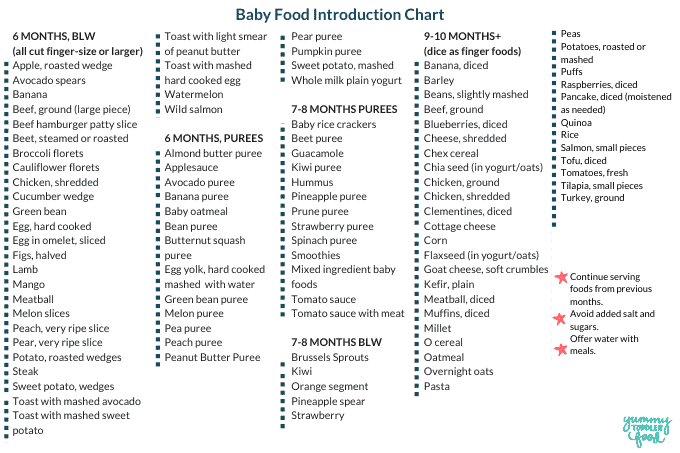
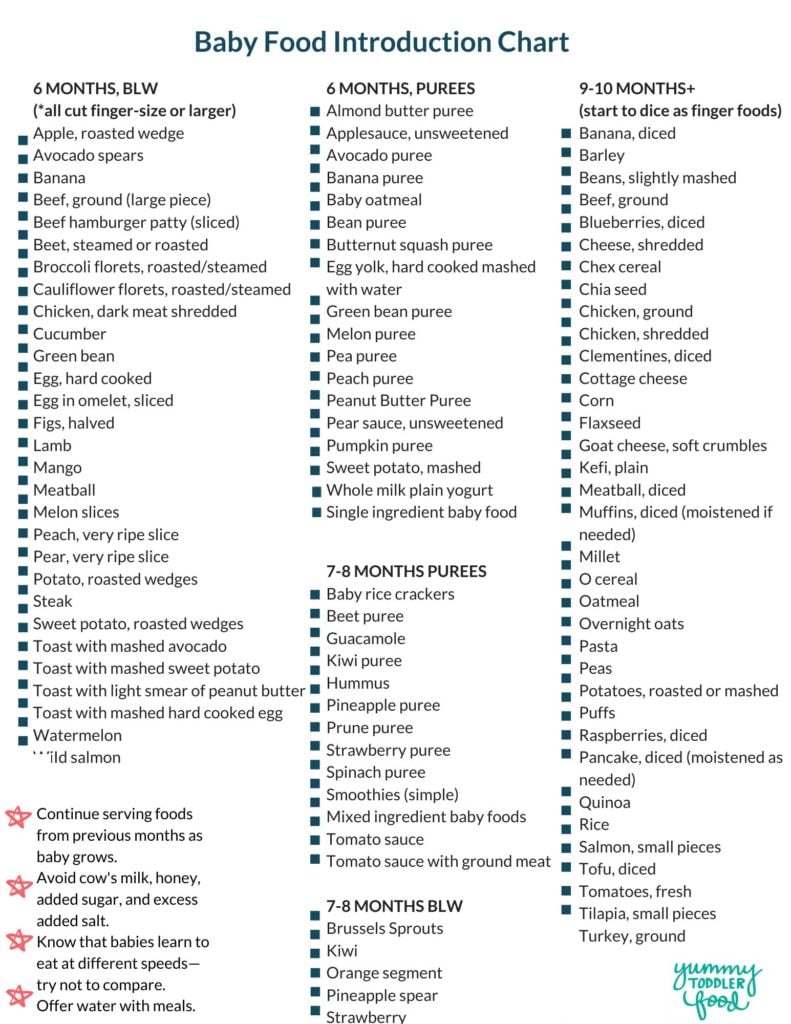
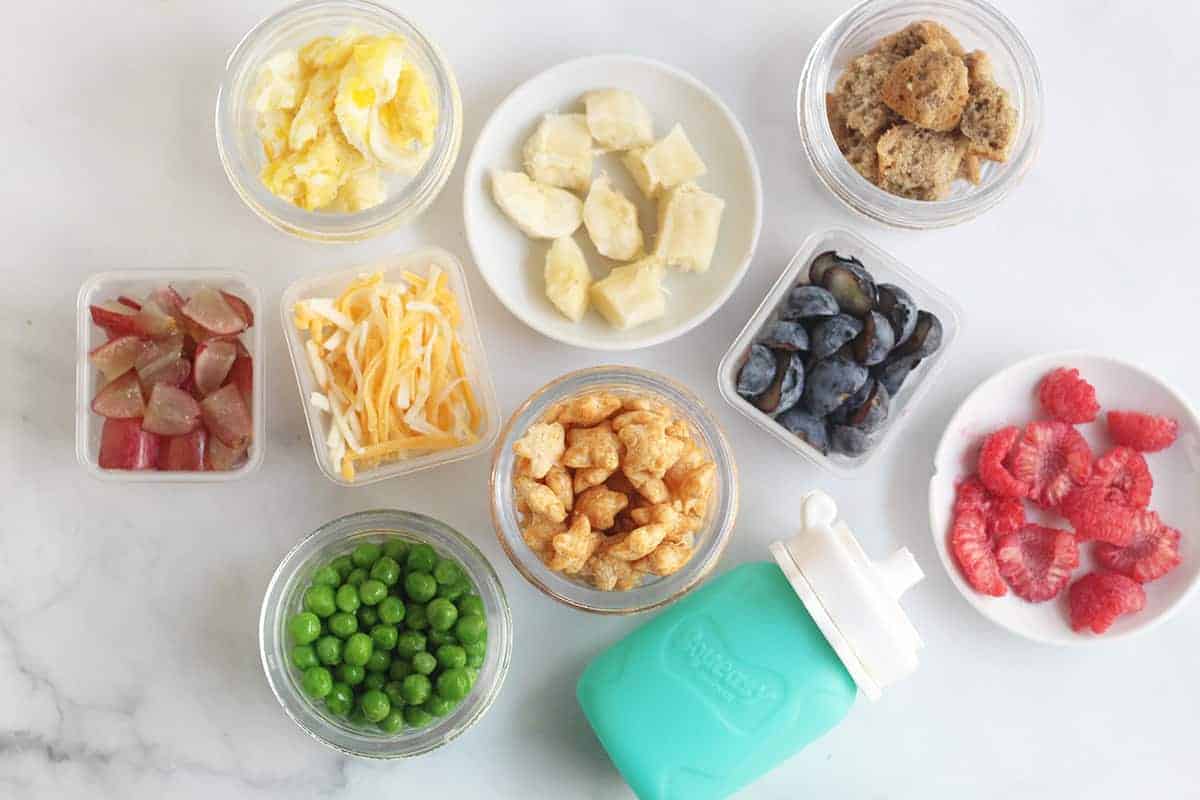
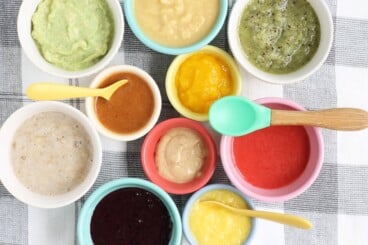
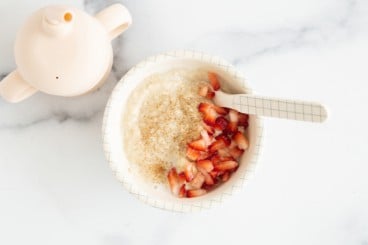
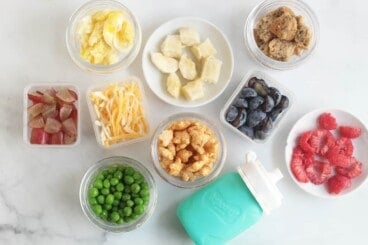
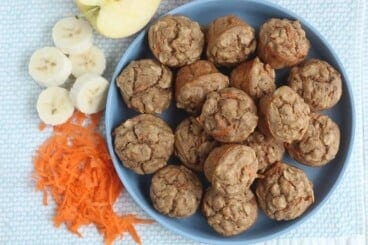
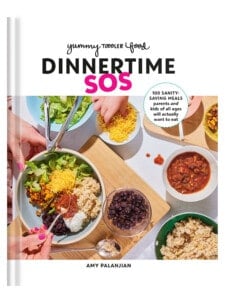
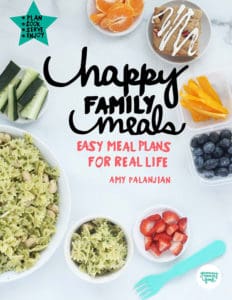
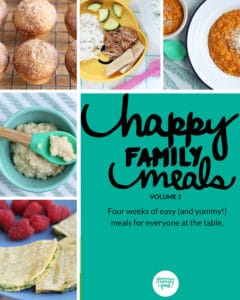
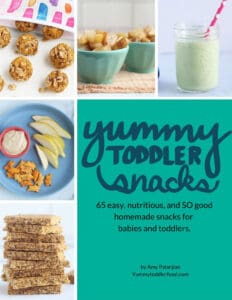




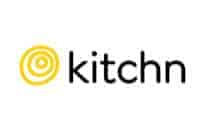
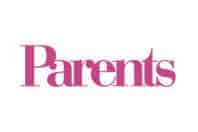



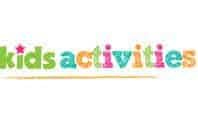
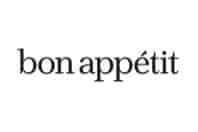
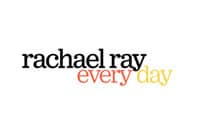
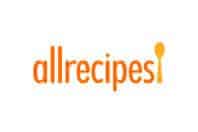

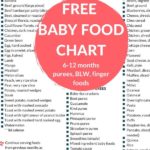
I just really need to ask as I am new to feeding baby. Chopped pieces.. are they possible choking hazards in too little pieces?? I really need someone to ease my mind of what is safe for 9 to 11 month olds. Ground meat, chicken shredded/chopped and shredded carrots (slightly softened) make me nervous I think because it takes more chewing to break down… I just need some reassurance 😅
Thank you
Generally speaking, if the pieces are very small and very soft, they are not considered to be a choking hazard. With shredded meat, it should also be very soft and shredded finely so it shouldn’t required much chewing at all. I would wait to do shredded fresh carrots until after a year, but you can soften them in very hot water for a few minutes, then drain and serve.
Thank you so much for your writings! And for the recipes.
What if my baby is 6mo but isn’t sitting yet?
PS. Love this post!
If they have good head control, you can help them sit supported—but you want to make sure they are sitting very upright and not slouched back in a chair. Some people use a bumbo chair, or you can use towels or a small pillow to help them sit upright in their highchair.
What is BLW?
It’s an approach to feeding babies called baby led weaning where you offer soft finger-size pieces of food to let baby feed themselves. More is here: https://www.yummytoddlerfood.com/first-foods-for-baby/